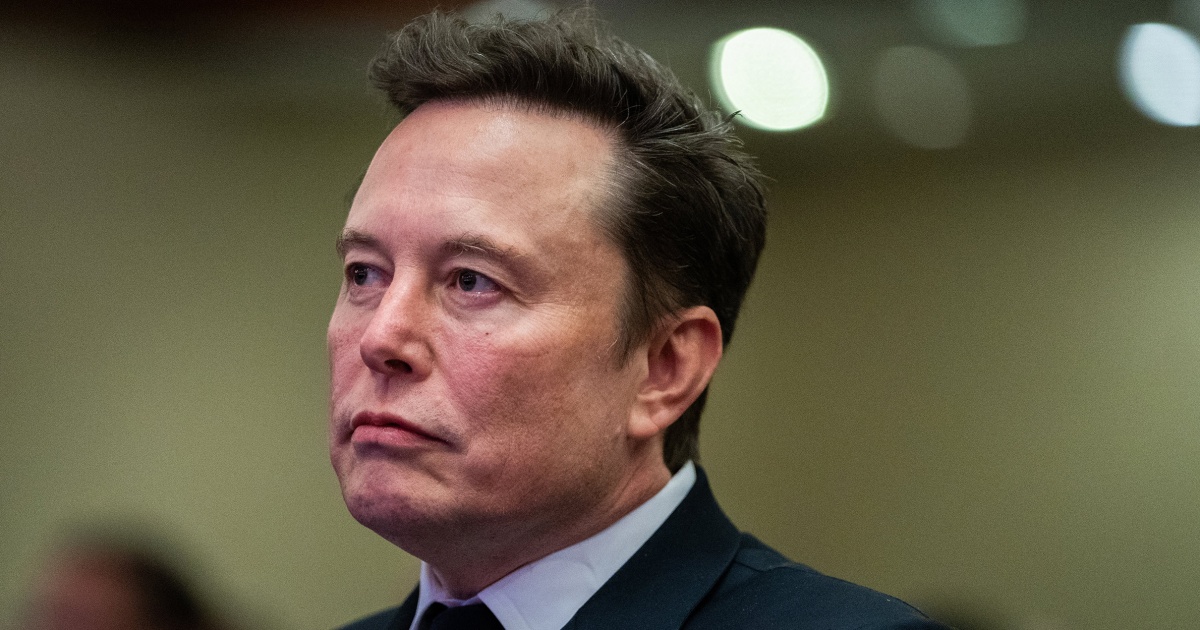Tech
Energy tech startup Greenely grabs €8M to reach more households and support Europe’s energy transition | TechCrunch

The energy transition is a marathon, not a sprint. But opportunities for acceleration are growing. Swedish startup Greenely* has just spotted one. It’s closing an €8 million Series A funding round to expand its energy management platform into neighbouring Nordic countries (so around $8.7M at current exchange rates).
The energy tech startup is serving around 200,000 households in its home market. It offers freemium energy consumption analytics combined with energy optimization services that allow paying customers to achieve savings on their electricity consumption. Examples include smarter charging of electric vehicles when the energy price is low or accessing government payouts as a result of Greenely being able to reduce energy demand on the grid through automated (aggregated) optimization of customers’ energy demand.
Currently, these energy optimization services are only available to customers who pay Greenely for energy supply. But it plans to decouple that requirement as new European legislation is implemented in its home market — hopefully by the end of this year.
The startup also offers its energy customers the ability to install a home battery (it currently resells the Pixii Home) so they can store energy for later use. This enables households to respond to changes in wholesale electricity prices and optimize when they are/aren’t tapping the grid to reduce their energy costs.
Greenely’s platform is also designed to integrate and manage energy use and demand for households with solar installations and heat pumps. So, for instance, customers with home batteries and solar panels installed are able to sell surplus energy when the electricity price is high and store it when it’s low (for later use or future sale).
Paying customers get a dynamic, hourly priced electricity tariff and the ability to tap what Greenely dubs its “residential virtual power plant” (VPP) technology. This is the system that lets customers participate in balancing the electricity network and, by contributing to grid stability, unlock revenue generation opportunities via government payouts.
“We make sure that [our customers] save a lot of money,” says CEO and co-founder Tanmoy Bari (pictured atop a solar roof in the feature image above) in a call with TechCrunch. “Basically by switching and using our platform. And the virtual power plant technology actually enables consumers to generate revenue that they had never seen before.”
“We aggregate this on a massive scale so we can go into these frequency markets and basically stabilize the power grid in the nation. And this leads to the government actually reimbursing us, and we give this to the consumers as well. So consumers can save a lot of money, but also generate a lot of money via our platform today.”
Average energy consumption savings are €250 per customer per year, per Bari. Though he emphasizes that’s an average — saying a household that’s charging an EV could see savings of up to €500 per year through the platform’s ability to optimize charging.
For battery storage customers, there’s also the chance to earn revenue by supporting Greenely’s ability to help the government balance demand on the grid. Had its VPP tech been fully live across 2023 Bari suggests users would have been able to generate more than €3,000 in balancing payments last year. Customers do need to factor in the cost of the battery, though — but he says a household would recoup the home battery investment in “two to three years.”
Building an energy platform
Greenely wasn’t always running this smarter consumption race. It was founded about a decade ago — initially the idea was to offer a tool for energy utilities to enhance their customer experience. But a few years in, the team saw an opportunity to build “the consumer experience for the energy consumer for tomorrow,” as Bari puts — which demanded Greenely become an energy supplier.
As it stands the startup’s approach has some overlap with the likes of the UK’s Octopus Energy or — on its home turf — digital energy startup Tibber. But Greenely’s goal is to go beyond directly competing as an energy supplier. It wants to become an “energy platform” layer that customers of rival suppliers can also use to generate savings and earn revenue on top of their service provision.
Decoupling the service in that way may offer the chance for Greenely to position itself as a more independent player working on behalf of customers to drive down their energy bills and help them generate revenue — as an electricity supplier, it might profit more when customer bills are higher.
It also creates a pathway for the startup to build greater scale, have a bigger impact on energy management and demand, and potentially helping accelerate Europe’s decarbonization by unlocking ways to incentivize householders to play their part.
“We don’t see ourselves as an energy supplier,” Bari emphasizes. “We see ourselves as an energy platform.”
“We are trying to create the absolute best consumer experience for the consumers . . . And we’ve come a quite far way. We think that we have the most advanced offer today in the market, and that’s something that we’ve now trying to roll out across other markets as well.”
“We haven’t seen anybody else doing it,” he adds of the VPP play. “We have been preparing our service for this for quite a long time. Because we think that energy supply… it’s a great revenue model for us today but we think there’s so many other things that we can do. We do want to basically cover as many consumers as possible and create like the largest virtual power plant in Europe, and that requires a lot of consumers on a platform. So we don’t want to limit ourselves to only having customers that have our energy supply.”
Per Bari, the new funding will allow Greenely to scale its platform to homeowners in Finland and Norway as a first step for international expansion — tapping into a harmonized market for frequency balancing services across these countries.
It also has its eye on other European markets where there’s been good uptake of smart meters (he mentions France and the UK as interesting future possibilities). While Bari asserts the startup can adapt to regulatory differences in how energy markets are managed around Europe, he says smart meter penetration is essentially a prerequisite for its approach to work — so a market like Germany, where smart meter uptake is low, isn’t on its roadmap for now.
“The ambition is to create the largest residential virtual power plant and the consumer offer across Europe,” he also tells us. “This is a logical step, because everybody needs electricity, essentially. So the market is, like every market, quite huge when you can access a lot of consumers. And we’re still adding a lot of customers in Sweden till this day, since there’s more than 2 million detached homes and over 4 million homes.”
“So the markets are really, really big in Nordics — but the ambition is to become the largest player in Europe.”
Greenely’s Series A was led by Belgian investment company Korys, with existing investor Luminar Ventures and other current shareholders also participating. It has raised around €15M to date, including this latest round and a €2.5M seed round back in 2019.
Commenting on the Series A funding in a joint statement, Korys’ Brieuc de Hults, investment director, and Quentin Dupont, investment manager, wrote: “Greenely is a remarkable company, willing to revolutionize the way households consume electricity and positively contribute to a net-zero future, exemplifying the type of impactful company we want to support. We are thrilled to partner with Tanmoy and the team in this next exciting chapter for Greenely and to support their geographic and product expansion.”
*Not to be confused with French carbon-emission tracking startup, Greenly.
This report was updated with a correction to the upper bound figure for average savings for EV owners after we were given an incorrect figure during our interview










